#Aegithalos caudatus caudatus
Explore tagged Tumblr posts
Photo
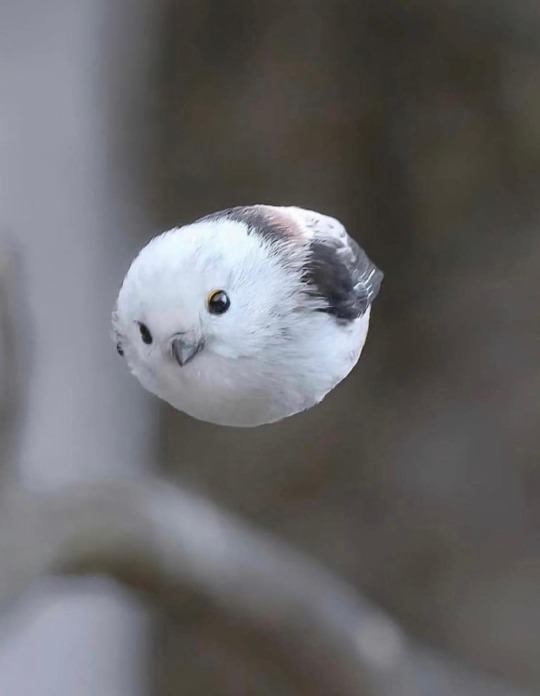

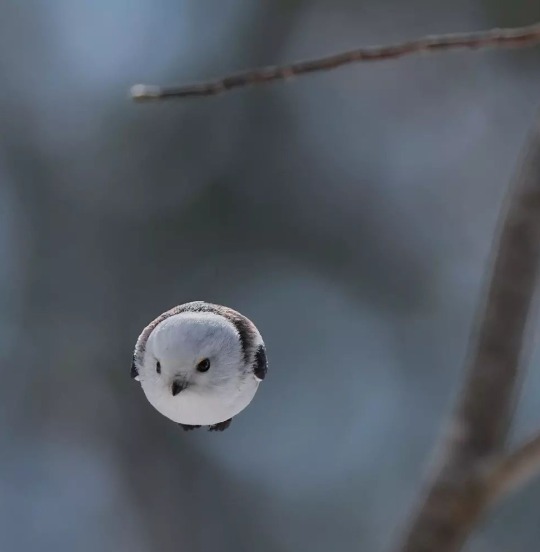

hajime7212
22K notes
·
View notes
Text
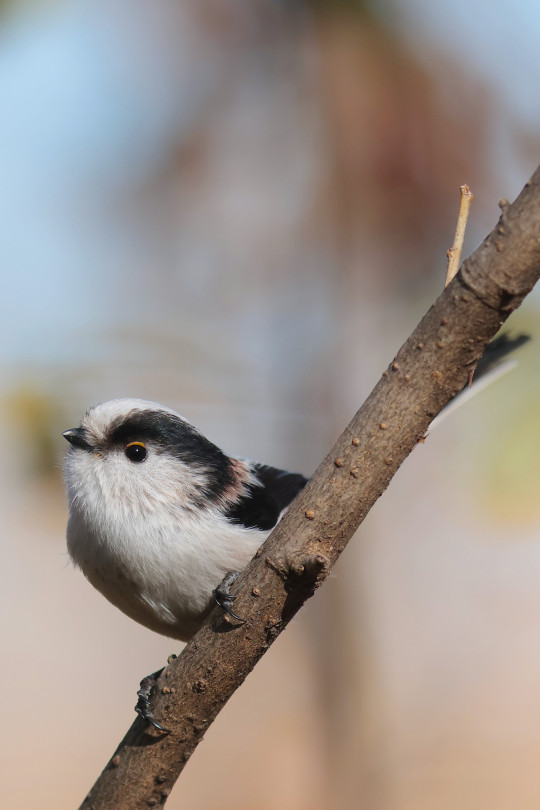
Aegithalos caudatus [エナガ,Long-tailed Tit]
おすまし顔😊
808 notes
·
View notes
Text



Long-tailed tit (Aegithalos caudatus)
Photographed by Mateusz Piesiak
#Long-tailed tit#Aegithalos caudatus#birds#upl#animals#photography#Mateusz Piesiak#wildlife photography
273 notes
·
View notes
Text
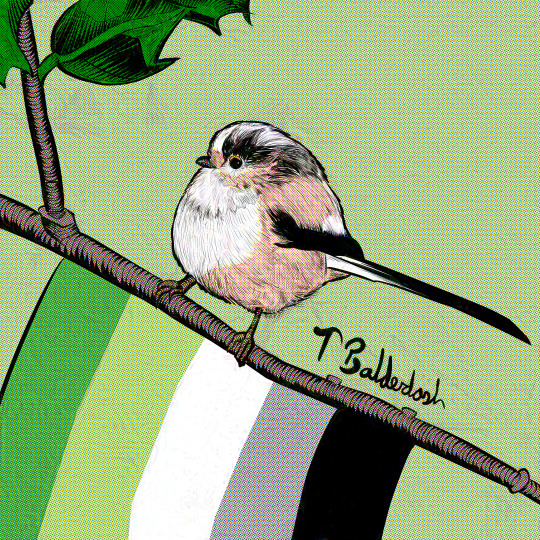
Long-Tailed Tit for Birbruary, which is in support of Songbird Survival.
Reference photo by Mike Lane.
Happy Arospec Awareness week! We deserve the cutest birds :)
#birbruary#long tailed tit#aegithalos caudatus#aegithalos#aegithalidae#passeriformes#birb#bird#birds#bird art#cute birds#aromantic#art#digital art#artists on tumblr#tw eyestrain#cw eyestrain#wauk wauk#asaw art
329 notes
·
View notes
Text

2024.04.10 エナガ🌸春爛漫
#野鳥#エナガ#桜#ソメイヨシノ#Long-tailed tit#aegithalos caudatus#sakura#cherry blossoms#bird#birds#wildbird#birdwatching#birdphotography
193 notes
·
View notes
Text


Photo source
Map source
Note: The Long-tailed tit has 17 subspecies (too many if you ask me), that all look slightly different. The subspecies shown in the photo is A. c. europaeus, if you don't think you've seen this bird but live within the range shown on the map check out the other subspecies to make sure.
#birds#poll#long tailed tit#passeriformes#aegithalidae#aegithalos#aegithalos caudatus#eurasia#asia#europe
53 notes
·
View notes
Text

Juvenile Long-tailed Tit
A juvenile long-tailed tit, one of many hopping and flying around the tree branches in Southwick Wood.
#aegithalos caudatus#animal#animals#bird#birds#canon#canonuk#fauna#long-tailed tit#nature#nature reserve#northamptonshire#northants#outdoors#short and southwick woods#short wood and southwick wood#summer#wildlife#wildlife trust#wildlife trusts#woodland#woods
21 notes
·
View notes
Text

Hachirō has to wear a highly modified traditional Japanese haori in order to be able to fly. He needs to slide his fan into the feathers of his right wing, and even then, he will frequently drop it. He has relatives everywhere - the long-tailed tit is globally widespread throughout temperate northern Europe and the Palearctic, into boreal Scandinavia and south into the Mediterranean zone.
6 notes
·
View notes
Text

Weißköpfige Schwanzmeise, Aegithalos caudatus | Die Vögel (1913) | Alfred Edmund Brehm (1829-1884) | Biodiversity Heritage Library
5 notes
·
View notes
Text
BOTD: Long-Tailed Tit

^Image credit: Francis C. Franklin
Long-Tailed Tit (Aegithalos caudatus)
Despite their name, Long-Tailed Tits aren't actually true Tit birds, rather belonging to a similar genus Aegithalos, the Bushtits. Their nest are elaborately constructed with spider's webs, lichen, feathers, and moss, with over 6000 pieces used for a typical nest. In cold weather, they tend to huddle together for warmth.
#long tailed tit#long-tailed tit#aegithalos caudatus#birdwatching#british birds#birds of the world#bird behaviour#bird nesting#birds#bird#bird facts#birds of the uk and ireland#bird of the day#ornithology
136 notes
·
View notes
Text






Cute encounters
jukkarisikko
#Lapua#Finland#aegithalos caudatus#birds#wild birds#cute animals#ornithology#forest#wildlife photography#curators on tumblr
1K notes
·
View notes
Text

Aegithalos caudatus [エナガ,Long-tailed Tit]
正面顔😍
103 notes
·
View notes
Text
シマエナガちゃん
Shimaenaga-chan
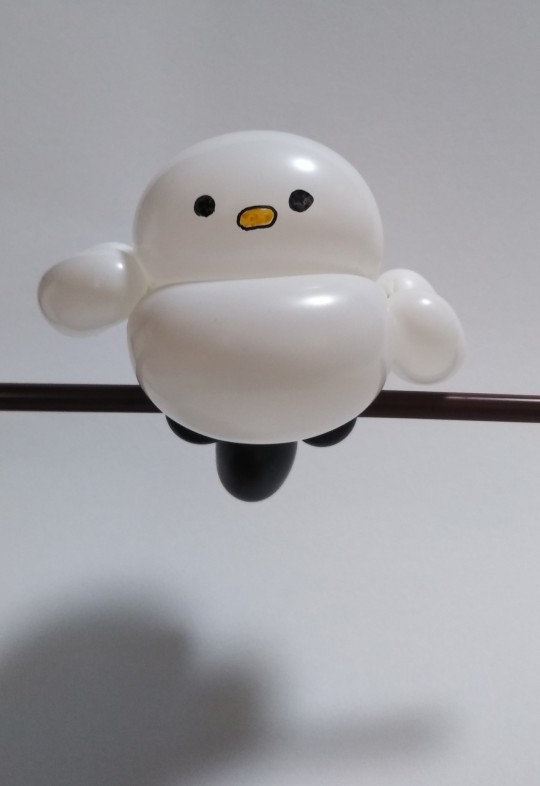
#バルーンアート#ちびころバルーン#シマエナガ#鳥#tbs#thetime#シマエナガちゃん#balloonart#chibicoroballoon#long-tailedTit#aegithalos caudatus japonicus#bird#shimaenaga-chan
11 notes
·
View notes
Text

Borb! I definitely didn't crop the piece because I didn't want to do the background, haha...
I'm on Cara, a social media for art that's anti-AI @ tbalderdash, follow if you want
#long tailed tit#aegithalos caudatus#aegithalidae#passeriformes#bird#birb#birds#birbs#bird art#ornithology#art#digital art#artists on tumblr#tw eyestrain#cw eyestrain#wauk wauk
25 notes
·
View notes
Text
Long-tailed Tit (Aegithalos caudatus)

"puoffy...." "Seeing as how US-centric these polls tend to get, I want to spread awareness of these adorable and social balls of fluff." "round"
This bird was entered as it's nominal species name (Long-tailed Tit), as well as two of the subspecies (Shima Enaga and Korean Crow-tit/Baepsae)
The long-tailed tit was originally described with other chickadees and its, but has been split into its own family (Aegithalidae) with Pygmy and American Bushtit. There are 17 subspecies, which are broken into three separate groups: The caudatus group of nothern Europe and Asia; the europaeus group in southern and western Europe, north-east China, and Japan; and the alpinus group of Mediterranean Europe and south-west Asia.
These birds are incredibly social, forming small flocks of six to up to seventeen birds after the breeding season. Typically the parents and offspring of a season stick together, along with any other adults who helped to raise the brood. The primary thought behind the grouping up is that these small birds are very susceptible to cold and cuddling together through the night keeps them safe and warm.
During the breeding season, the birds split into monogamous pairs, with males remaining in the same territory that they'll overwinter while females typically wander to other territories. If the nest fails, the pair may try a second time, or help a neighboring nest. If they decide to help another nest, the pair will split and each will find a male relative (recognized by voice) to help. These nests with extra helpers often have greater success due to higher provisioning and better nest defense.
Sources:
Image Source: eBird ( Katarina Paunovic)
#in memoriam (joke)#Aegithalidae#Aegithalos caudatus#long-tailed tit#long-tailed bushtit#shima enaga#baepsae
24 notes
·
View notes
Text


found in my garden 26th May 2010
6 notes
·
View notes